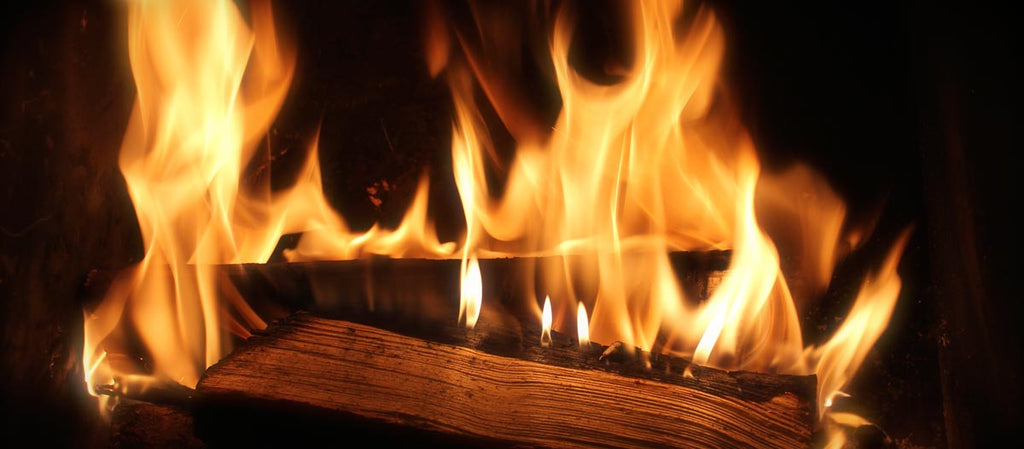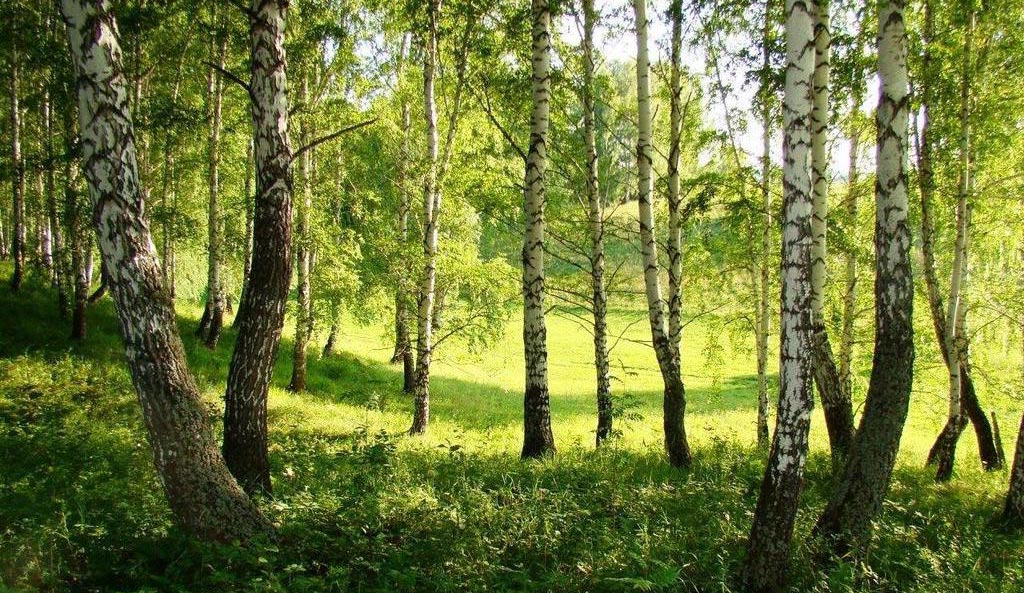Firewood is a renewable resource that was until recent times the primary source of fuel in Ireland. In many countries firewood remains an essential source of energy for heating and cooking. With energy prices in a seemingly endless upwards spiral, together with the efficiency of modern wood burning stoves, growing firewood is once again becoming a practical proposition for a landowner.

Choosing the best tree species for firewood is not at all straightforward. Your choice should take into account the soil type, acidity and moisture content, the topography of your site and the prevailing microclimate (wind direction, sun and shade).
Ash is the best ‘green’ wood and the best all round firewood due to its low moisture content, unfortunately we cannot recommend planting Ash because of the threat of Ash dieback, already in parts of Ireland.
Birch and in particular our native downy birch grows well in poorer mountainy land and produces quality timber; Birch is the classic among firewood. It produces very few sparks, has a strong blue flame and its resin is strong in fragrance producing a lovely perfume around the house.

Our native Hazel is productive when grown in good dry land and coppiced. It is beneficial to wildlife and will offer a source of usable rods for the garden.
Coppicing is a traditional method of woodland management, which takes advantage of the fact that many trees make new growth from the stump or roots if cut down. In a coppiced wood, young tree stems are repeatedly cut down to near ground level. In subsequent growth years, many new shoots will emerge, and, after a number of years the coppiced tree, or ‘stool’, is ready to be harvested, and the cycle begins again.
Most frequently, coppiced species are oak, hazel, ash, willow, field maple, sycamore, lime and sweet chestnut. One of the joys of coppicing is the explosion of wild flowers and insects when light is given to the woodland floor.
Tree willows could possibly be the best source of homegrown logs. Native willows such as Salix caprea and cinerea, as well as foreign willows Salix alba, fragilis and smithiana all make substantial trees in less than twenty years.
Willows grow readily when cut, and can either be harvested on a short rotation, ie three to five years, and chipped and fed to boilers or left to grow for longer and then cut into logs.
Wood chip technology is advancing at a huge rate, but at the moment they are only a solution for large boilers and the chips need to be kept totally dry.
Eucalyptus can produce amazing yields per acre and research is ongoing to find the most productive and hardiest types that will also coppice well. One foot diameter logs in ten years are possible and the timber is a joy to chop, as it splits easily. Eucalyptus is suited to free draining and reasonably fertile soil; frost pockets and cold, elevated or wet sites should be avoided.

Beech timber produces a beautiful flame and is excellent for firewood. It is easily split and burns for many hours with a bright but calm flame. Beech is best grown in good, well-drained soil. A similar tree, Hornbeam is a better option if the soil is very heavy.
Properly seasoned Oak is hard to beat. It holds a fire, doesn’t spark and produces a strong long-lasting heat with a beautiful flame, very suitable for long winter evenings.
Alder burns well and will coppice, especially in damp places. The fastest trees that have grown in West Cork are Red Alders, up to two feet in diameter in twenty years. Alnus spaethii, Italian and Grey Alder are all productive in poor and exposed locations.

In some exposed and difficult sites, conifers can be considered, but they will need replanting after harvesting. And they will grow to a height of 50ft in forty years and cast heavy shade. Sitka Spruce and Lodgepole Pine are good pioneers in boggy land. Radiata Pine has one of the fastest rates of growth in the world. Cypresses, Junipers and Cedars all have lovely fragrant wood.
All wood should be dried for a year before using to get a maximum value and remember — every tree planted is energy for future generations.




